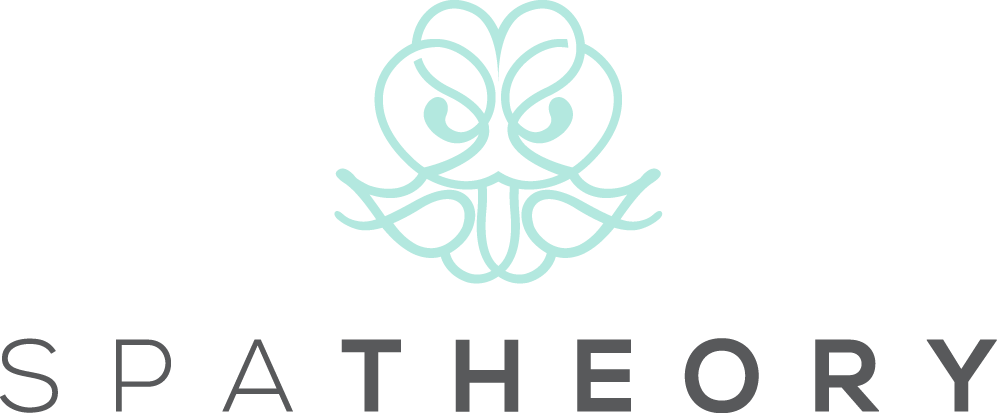Myofascial Release Therapy: Unlocking Tension and Pain
If you suffer from chronic pain or just plain regular discomfort, you might already know about the transformative powers of massage - and you may have even given it a go without much luck.
While regular massage can do wonders for improving muscle tension for some, others might need something more intensive to improve symptoms: enter myofascial release therapy. But what is myofascial release therapy, and how can it help improve discomfort and pain? In the following blog, we’re going to take a closer look at how myofascial release therapy works, what it entails, its benefits, and the techniques used to provide relief. Let’s dive in!
What is Myofascial Release Therapy?
Myofascial release therapy - or a myofascial massage - is a specialized massage technique that targets the fascia, a connective tissue that surrounds and supports muscles, bones, and organs throughout the body. The fascia is a three-dimensional web of tissue that can become tight, restricted, or inflamed due to factors like injury, overuse, or stress, and when the fascia becomes compromised, it can lead to pain, limited mobility, and discomfort.
In a nutshell, myofascial release therapy aims to identify and release restrictions in the fascia, allowing muscles to move more freely and reducing tension and pain. Unlike traditional massage, myofascial release focuses on the fascial system, using sustained pressure and gentle stretching to release adhesions and improve the body's natural ability to heal itself.
Benefits of myofascial release therapy
Pain Relief
Myofascial release therapy is particularly effective for addressing chronic pain conditions such as fibromyalgia, back pain, neck pain, and migraines; by releasing fascial restrictions, it can alleviate pain and discomfort, often providing long-lasting relief.
Improved Mobility
Restricted fascia can limit range of motion and mobility. Myofascial Release techniques help restore flexibility and mobility, making it easier for individuals to move and engage in physical activities without discomfort. And if you’re not mobile enough to attend an appointment in a spa, some providers may offer in-home massage services.
Stress Reduction
Stress can manifest in the body as tension and pain, and myofascial release therapy not only addresses physical discomfort but can also promote relaxation and reduce stress levels. This can be particularly beneficial for those whose stress and anxiety is linked to their chronic pain.
Postural Improvement
Poor posture can contribute to a range of musculoskeletal issues, from shoulder tension to spine problems. While still a holistic treatment, myofascial release can help correct postural imbalances by releasing tension in the fascia, allowing the body to return to a more aligned and natural position.
Enhanced Sports Performance
Athletes often turn to myofascial release therapy to improve their performance and prevent injuries. By maintaining healthy fascia and reducing muscle tension, athletes can optimize their physical abilities and recover more quickly from intense training.
Recovery from Injuries
Myofascial Release is commonly used as part of injury rehabilitation programs, as it aids in the healing process by promoting circulation, reducing scar tissue formation, and restoring normal tissue function. In the same way that you might massage a tight calf muscle, myofascial massage can offer relief for discomfort caused by any manner of sports injuries.
Myofascial Release Techniques
Myofascial release therapy employs various techniques to address fascial restrictions and provide relief from tension and pain. Here are some of the key techniques used in Myofascial Release:
Direct Myofascial Release
This technique involves applying sustained pressure directly to the restricted fascia using the therapist's hands or specialized tools; the therapist identifies areas of tightness and holds gentle pressure until the fascia begins to release and soften.
Indirect Myofascial Release
Unlike direct techniques, indirect Myofascial Release involves applying gentle pressure in the direction of ease, rather than directly against the fascial restriction. This approach allows the therapist to work with the body's natural response and encourages the fascia to release gradually.
Stretching and Lengthening
Myofascial release often incorporates stretching and lengthening of the fascia to improve flexibility and mobility; the therapist may guide the client through specific movements or stretches while applying gentle pressure to the affected areas.
Trigger Point Release
Trigger points are localized areas of muscle tightness that can send pain to other parts of the body; this is known as “referred pain” and can explain why spinal injuries may often cause shoulder pain, or vice versa. Myofascial release therapists may use pressure and gentle massage to release these trigger points and alleviate referred pain, which can greatly improve quality of life for long-term sufferers.
The Bottom Line
Ultimately, whether you're seeking relief from chronic pain, looking to improve your overall mobility, or simply aiming to reduce stress, myofascial release therapy might just be the key to unlock a pain-free and more comfortable life - but always make sure to discuss this with your doctor or current therapist before starting any new physical therapy.
FAQs
Is myofascial release therapy painful?
Myofascial release therapy should not be painful when performed by a skilled therapist. Some discomfort may be felt as the therapist works on tight areas, but it should not be excessively painful. Communication with your therapist is essential, and they will adjust the pressure and technique based on your comfort level.
How long does a Myofascial Release session last?
A typical myofascial release session can last anywhere from 60 to 90 minutes, although the duration may vary depending on individual needs and the therapist's recommendations.
Is myofascial release therapy suitable for everyone?
Myofascial release therapy is generally safe and suitable for most people, however, it's essential to consult with a qualified therapist to determine if it's appropriate for your specific condition or situation.
Can I combine Myofascial Release with other treatments?
Yes, myofascial release therapy can be complementary to other forms of treatment, such as physical therapy, chiropractic care, or acupuncture. It can actually even enhance the effectiveness of these treatments by addressing fascial restrictions and promoting overall wellness.

